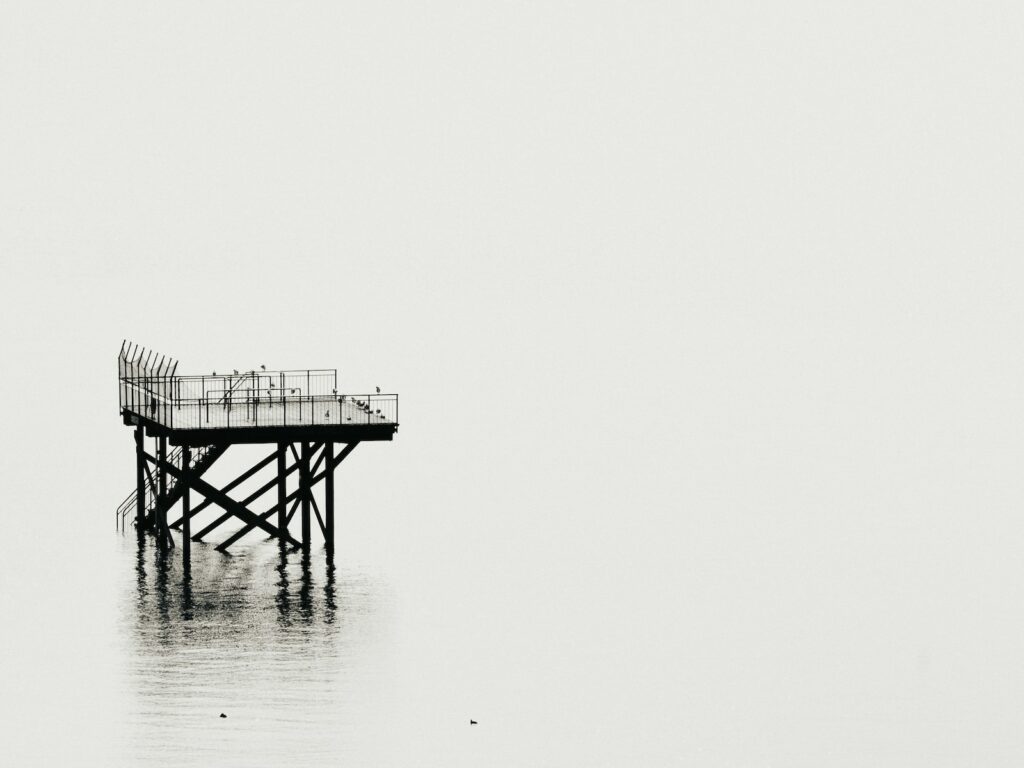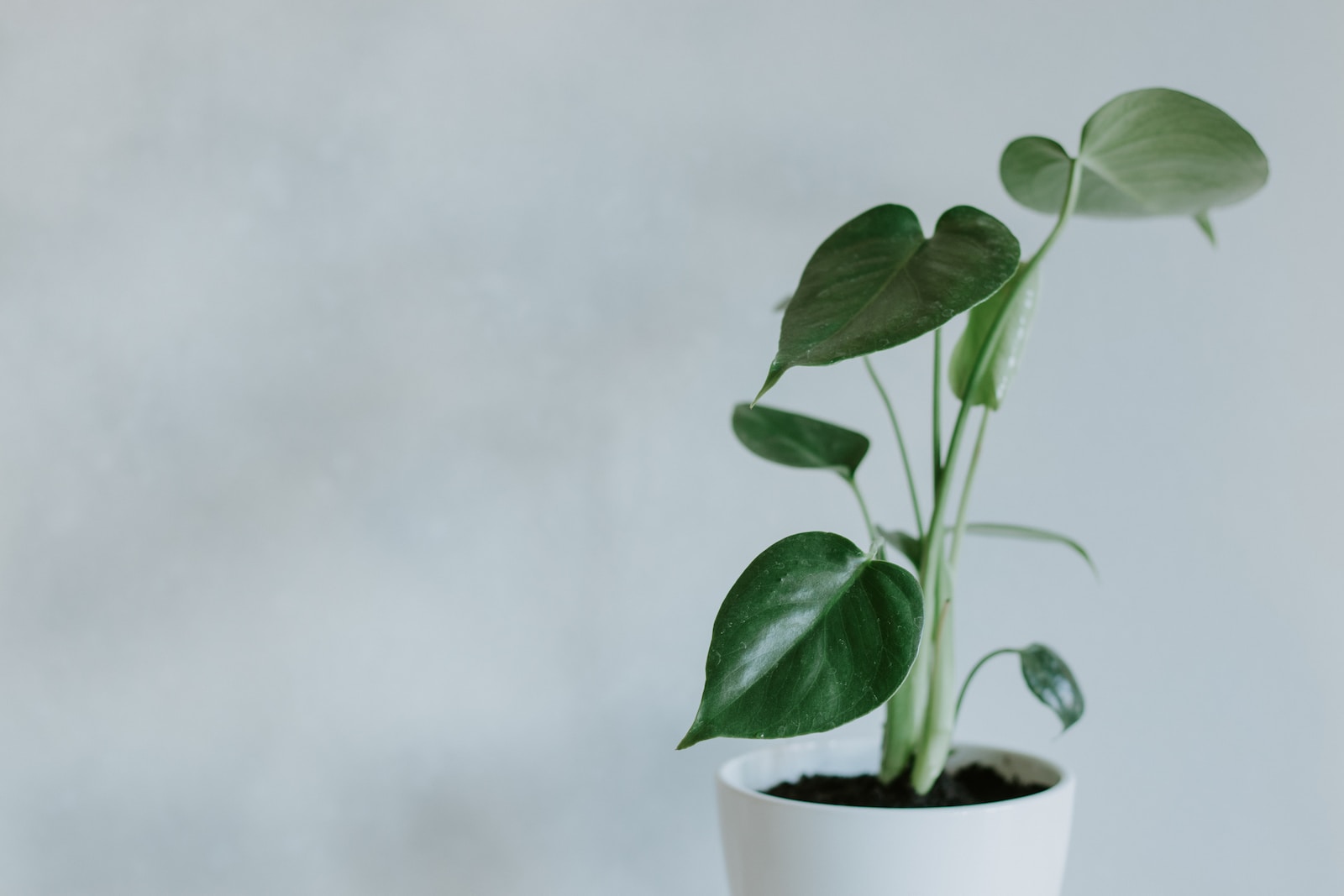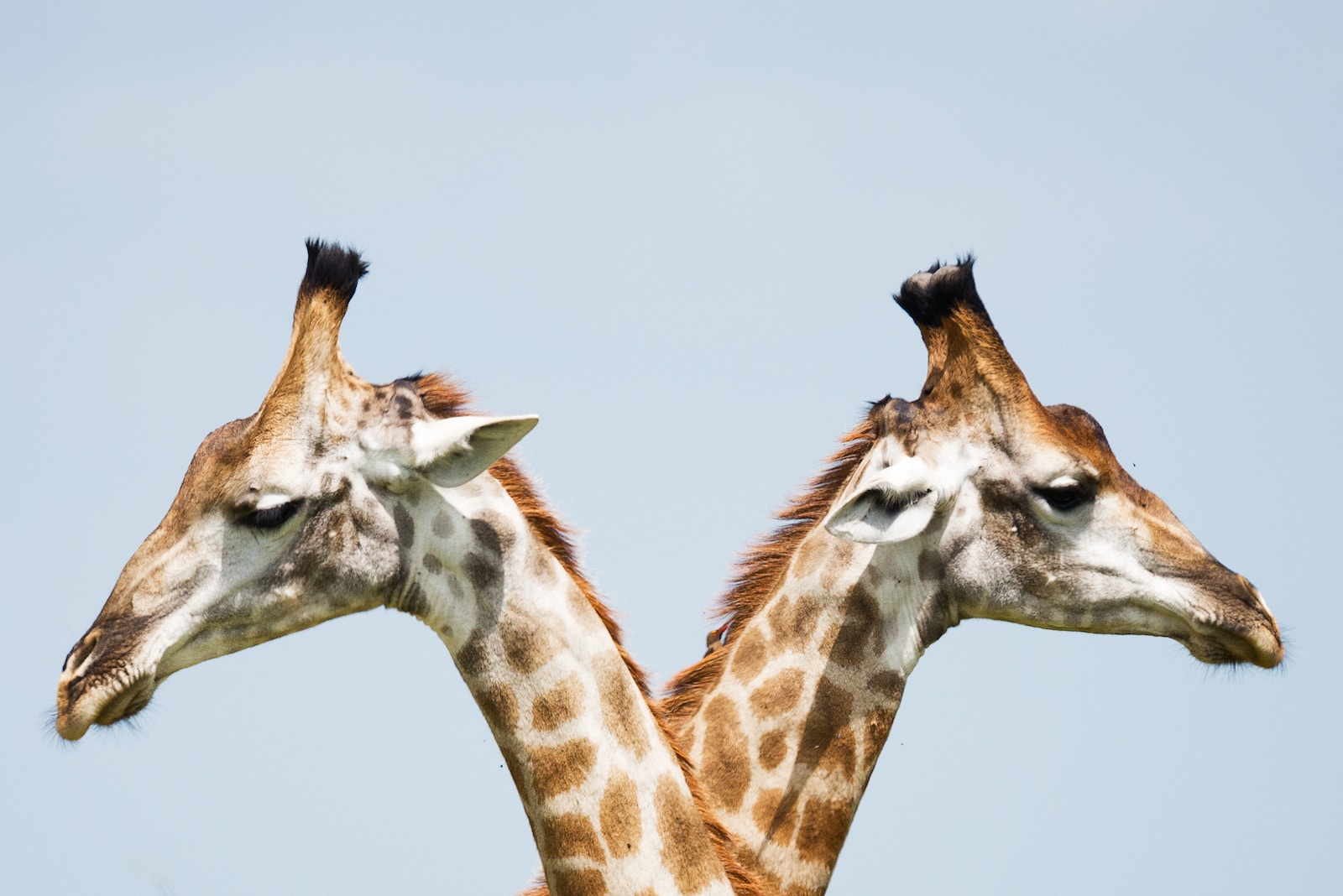Welcome to Photographic Perspectives, where we delve into the art of capturing images from unique and creative angles and perspectives. In this blog, we will step out of the norm and explore out-of-the-box composition ideas, opening your mind to new possibilities. From experimenting with shooting angles to exploring different points of view, we will unlock the secrets to creating visually captivating photographs. So join us on this journey and let’s play with perspectives!
Table of Contents
- The Power of Perspective
- A How-To Guide: Unleashing Creativity with Different Shooting Angles and Perspectives in Photography
- Frequently Asked Questions
- What is the significance of perspectives and shooting angles in photography?
- How do different perspectives affect the overall composition of a photograph?
- What are some shooting angles that photographers can explore?
- How can I incorporate different perspectives and shooting angles into my photography?
- Can perspectives and shooting angles improve storytelling in photography?
- Are there any limitations when it comes to experimenting with shooting angles and perspectives?
- Wrap Up:
The Power of Perspective
Perspective is the spice that adds flavor to your photographs. By changing your shooting angles and exploring different points of view, you can transform ordinary scenes into extraordinary works of art. The beauty of perspective lies in its ability to alter the viewer’s perception and draw them into the photograph, creating a visual story that captivates and engages.
Experimenting with Shooting Angles
One of the keys to creating impactful images is to experiment with shooting angles. By getting down low or shooting from above, you can completely change the way a subject is portrayed. Shooting from a low angle can make subjects appear more powerful and dominant, while shooting from above can create a sense of vulnerability or insignificance. Don’t be afraid to crouch, climb, or even lie on the ground to find the perfect shooting angle.
The Beauty of Point of View
The point of view you choose has a dramatic impact on your composition. From eye-level perspectives that provide a familiar and relatable view to unconventional viewpoints that challenge the viewer’s perception, each point of view tells a different story. Experiment with shooting from unusual vantage points such as bird’s-eye view, worm’s-eye view, or even through a small opening. Embrace the unexpected and let your point of view add depth and intrigue to your photographs.
Captivating Compositions with Unconventional Angles
Breaking away from traditional shooting angles allows you to create captivating compositions that stand out from the crowd. Consider shooting from behind, utilizing leading lines to draw the viewer’s eye into the frame, or even capturing reflections for added depth and interest. Don’t limit yourself to what is comfortable or expected. Instead, push the boundaries and explore the endless possibilities that unconventional angles can offer.
Did you know that the Dutch angle, also known as the canted angle, is a technique where the camera is tilted to create a sense of unease or tension in the photograph?
Embracing Negative Space
Another way to play with perspectives is by considering the use of negative space. Negative space refers to the empty areas surrounding your subject, and by strategically including it in your composition, you can highlight the subject and create a sense of balance and harmony. Experiment with different amounts of negative space and observe how it affects the overall impact of your photograph.
The Impact of Framing and Layering
Framing and layering are powerful techniques that can add depth and dimension to your photographs. By using elements within your environment to frame your subject, such as door frames, windows, or even natural elements like trees or arches, you can create a sense of depth and draw the viewer’s eye directly to your focal point. Layering, on the other hand, involves incorporating multiple elements or subjects within the frame to create a visually rich and complex composition.
Creating Visual Stories with Perspectives
Every photograph has a story to tell, and perspectives play a vital role in conveying that story. Whether you want to evoke emotions, portray a message, or simply showcase beauty, the way you choose to capture your subjects can make all the difference. Experiment with different angles, points of view, and shooting techniques to infuse your photographs with narratives that speak volumes.
Mastering Perspectives through Practice
Like any skill, mastering perspectives in photography takes practice. Don’t be discouraged if your initial attempts don’t turn out as expected. Keep experimenting, challenging yourself, and refining your techniques. The more you practice and embrace different angles and views, the more you will develop your unique photographic style and stand out as a photographer.
Take a Leap: Dive into New Perspectives
Now that you have gained insights into the immense potential of playing with perspectives in photography, it’s time to step out of the box and embrace the world from different angles and views. Explore, experiment, and never stop learning. Remember, photography is an art form, and true art comes from pushing boundaries and daring to be different. So grab your camera, find your perspective, and let your creativity soar!

A How-To Guide: Unleashing Creativity with Different Shooting Angles and Perspectives in Photography
Are you tired of capturing the same mundane photos using traditional shooting angles and perspectives? Do you want to add a dash of creativity and uniqueness to your photographs? Well, you’ve come to the right place! In this guide, we will explore some exciting techniques and ideas on how to play with perspectives and experiment with shooting angles to elevate your photography skills.
1. Changing Your Point of View
One of the simplest yet most effective ways to create a new perspective in photography is by changing your point of view. Instead of shooting from your standing eye level, try crouching down low or climbing up high. By altering your physical position, you can instantly transform an ordinary scene into something extraordinary.
For example, imagine photographing a field of flowers at eye level—the image might lack depth and interest. However, by lowering yourself to ground level, you can capture the flowers from a unique perspective, highlighting their intricate details and creating a more immersive experience for the viewer.
2. Experimenting with Shooting Angles
Another way to add a captivating twist to your photographs is by experimenting with shooting angles. Don’t be afraid to think outside the box and embrace unconventional angles. By challenging the norm, you can create visually striking images that leave a lasting impact on your viewers.
For instance, instead of always shooting in a horizontal or vertical orientation, try tilting your camera to a diagonal angle. This technique can bring a sense of dynamism and energy to your composition, making it stand out from the crowd.
3. Playing with Perspectives
Now, let’s dive into the world of perspective and how it can enhance the storytelling aspect of your photographs. Perspective refers to the spatial relationship between the various elements in your frame. By adjusting perspective, you can manipulate the perception of depth, scale, and distance.
Here are a few techniques to consider:
- Leading Lines: Utilize natural or man-made lines within your frame to lead your viewers’ eyes towards the main subject. This can create a sense of depth and guide the viewer through the image.
- Foreground Elements: Incorporate interesting foreground elements to add depth and dimension to your composition. This technique can provide a sense of scale and make the viewer feel immersed in the scene.
- Wide-Angle Perspective: Experiment with wide-angle lenses to exaggerate perspectives and capture more expansive scenes. This can be particularly effective in landscapes or architectural photography.
Remember, don’t be afraid to get creative and push the boundaries of traditional perspectives. The key is to experiment, practice, and find what works best for your style and artistic vision.
By incorporating these techniques into your photography repertoire, you can take your images to a whole new level. Step out of the norm and allow your imagination to guide you in capturing unique and captivating perspectives. So go ahead, grab your camera, and embark on a journey of creative exploration!
Frequently Asked Questions
What is the significance of perspectives and shooting angles in photography?
Perspectives and shooting angles play a crucial role in photography as they add depth, dynamism, and visual interest to your images. By experimenting with different angles and perspectives, you can create unique and captivating shots that stand out from the crowd.
How do different perspectives affect the overall composition of a photograph?
Different perspectives can completely alter the way a photograph is perceived. Shooting from a low angle, for example, can make the subject appear powerful and dominant, while shooting from a high angle can create a sense of vulnerability or smallness. Choosing the right perspective can vastly enhance the storytelling aspect of your images.
What are some shooting angles that photographers can explore?
There are numerous shooting angles photographers can experiment with to add creative flair to their photos. Some popular angles include:
- Low Angle: Shooting from a low angle can provide a unique and dramatic perspective, ideal for capturing subjects from below.
- High Angle: Shooting from a high angle can give a sense of dominance and allow you to capture a bird’s eye view of the scene.
- Wide Angle: Using a wide-angle lens can help you capture a broader perspective, perfect for landscape or architectural photography.
- Overhead Angle: Shooting directly from above can create interesting geometric patterns and is excellent for still life or flat lay photography.
How can I incorporate different perspectives and shooting angles into my photography?
Here are a few tips to help you incorporate different perspectives and shooting angles:
- Experiment: Step out of your comfort zone and try shooting from unconventional angles to challenge your creativity.
- Move around: Don’t be afraid to explore your surroundings and find unique vantage points to capture your subjects.
- Use props: Utilize objects or architectural elements to frame your subject and enhance the visual impact of your photos.
- Play with depth of field: Experiment with shallow depth of field to draw attention to specific elements within the frame.
Can perspectives and shooting angles improve storytelling in photography?
Absolutely! The use of different perspectives and shooting angles can add depth and narrative to your photographs. By carefully selecting angles that align with your intended message, you can evoke specific emotions and tell a more compelling visual story.
Are there any limitations when it comes to experimenting with shooting angles and perspectives?
While there are no strict limitations, it’s essential to consider the subject and the environment you’re shooting in. Be mindful of your surroundings, respect privacy boundaries, and ensure your experimentation doesn’t compromise safety or ethics.
Wrap Up:
Playing with perspectives and shooting angles can completely transform your photography. By stepping out of the norm and exploring unique and creative ways to capture your subjects, you can create visually striking and eye-catching images. Remember to think outside the box and experiment with different vantage points, whether it’s shooting from a low angle, using a bird’s-eye view, or playing with the rule of thirds. These techniques will add depth, interest, and visual impact to your photos.
Are you ready to take your photography to the next level with creative perspectives and angles? Don’t be afraid to try new things and push the boundaries of traditional composition. Share your experiences and thoughts in the comments below. We’d love to hear how these techniques have helped you capture unique photographic perspectives and point of views!



